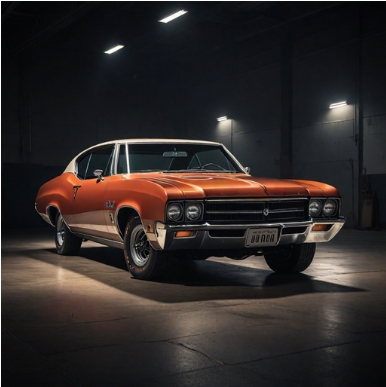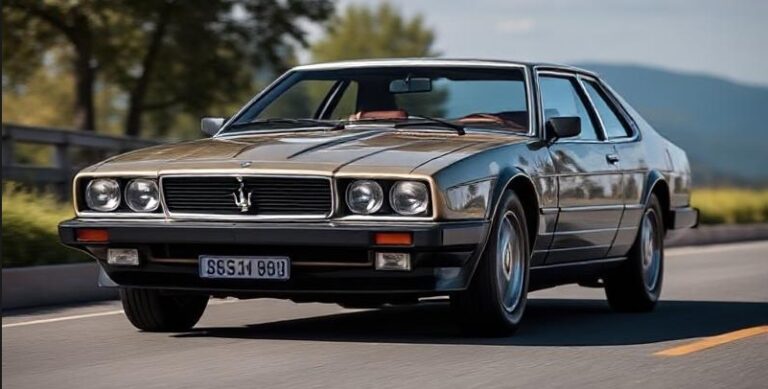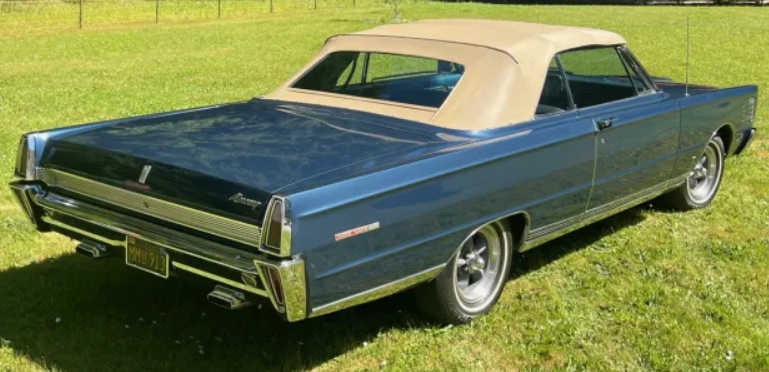The Evolution of the Buick Gran Sport
The Buick Gran Sport is regarded as one of the automotive industry’s iconic muscle cars, blending performance with luxury in a way that set a standard for American cars during its production run. As a vehicle that developed over various iterations, the Buick Gran Sport showcases an interesting evolution, reflecting changing consumer preferences and technological advancements from the late 1960s through the early 2000s.
Introduction: The Birth of the Gran Sport
The Buick Gran Sport (GS) was first introduced in 1965 as a performance package for the Buick Skylark. Early GS models quickly established a reputation for blending sporty performance with Buick’s trademark luxury, appealing to a demographic looking for speed without sacrificing comfort.
The 1960s: The Classic Era
1965-1967 marked the initial introduction of the Gran Sport to the marketplace. The dusk of the ’60s was a transformative period for many American automakers, and Buick was no exception.
- 1965: The very first GS was presented as an option for Skylark. It featured a 401 cubic inch (6.6L) V8 engine, with a well-respected 325 horsepower, proving that Buick could deliver high-performance vehicles.
- 1966: The Gran Sport designation became its own model in 1966. As GMs’ internal competition ramped up, Buick introduced performance-elevating features, including a more powerful 425 cubic inch (7.0L) engine. The GS’s reputation soared with its strong torque and stylish design.
- 1967: The 1967 GS was further refined, with engine options remaining consistent with the previous-year’s offerings, but included both the standard 400 and the upgraded 430 V8. This year solidified its stance as a true muscle car.
The 1970s: The Muscle Car Golden Age
The 1970s began an era in which performance cars were beginning to diversify, but the gas crisis would have significant effects on how consumers viewed power and efficiency.
- 1970: Buick released the GS 455, featuring a massive 455 cubic inch (7.5L) V8 producing 360 horsepower. The design was muscular, featuring bold lines and aggressive styling, which attracted car enthusiasts looking for both luxury and speed.
- 1971-1975: During this period, the Gran Sport remained relatively unchanged in terms of mechanical design. However, the oil crisis of 1973 led to a decline in demand for muscle cars. The horsepower ratings began to drop slightly, and emissions regulations began to influence engine performance significantly.
- 1975: The GS’s production ended after 1975, marking the departure of the traditional muscle car era. The industry saw a shift towards smaller, more fuel-efficient vehicles, and the Gran Sport went dormant in terms of high-performance offerings.
The 1980s and 1990s: A Resurrection in Different Forms
The muscle car fad waned, but Buick saw the GS nameplate making a return with a newfound focus on turbo technologies and sportier designs.
- 1986: The resurgence began with the Buick Regal GS, featuring a 3.8L V6 turbocharged engine, making it a more manageable performance vehicle for the average consumer. Though technically more of a sport model than a full-fledged muscle car, it rekindled interest in the Gran Sport lineage.
.
The engines in the 1986 Buick Regal GS were similar to the one found in the led Buick Regal Limited.
.
- 1990: The 1990s saw another incarnation of the GS, with the introduction of the Buick Skylark Gran Sport. Though equipped with modern features, this version lost some of the muscle car ethos of previous decades.
The Late 1990s to Early 2000s: A Shift Toward Modernity
By the end of the 1990s and early 2000s, the automotive landscape had evolved significantly due to increased competition and changing market demands.
- 1996-1998: The Buick Regal GS returned, with a supercharged 3.8L V6 engine that pushed out 240 horsepower. It combined luxury features and performance, resulting in a vehicle that appealed both to traditional Buick buyers and a younger audience.
- 2004: The final iteration of the Gran Sport would emerge when the name returned in a special edition for the Buick LaCrosse. The LaCrosse Gran Sport was a more refined vehicle, showcasing a dual exhaust system and unique styling cues but emphasizing a modern interpretation of performance rather than raw power.
Conclusion: Legacy of the Gran Sport
While the Buick Gran Sport has evolved significantly since its inception, its heritage as a performance-oriented vehicle with a touch of luxury remains strong. The evolution seen from the muscle car era of the 1960s and 1970s to the modern interpretations in the late 20th and early 21st centuries reflects wider trends within the automotive world.
As consumers shifted their preferences towards practicality and efficiency, Buick adapted, merging the performance mentality of the past with more contemporary automotive engineering. Although the Gran Sport nameplate’s latest iterations differ from the burly muscle cars of the ’60s and ’70s, its spirit lives on in Buick’s modern performance models, demonstrating the brand’s flexibility and willingness to innovate.
In retrospect, the Buick Gran Sport remains a symbol of American automotive ambition, showcasing a flair for performance intertwined with the comforts of luxury—an evolving testament to what makes a vehicle truly iconic.







